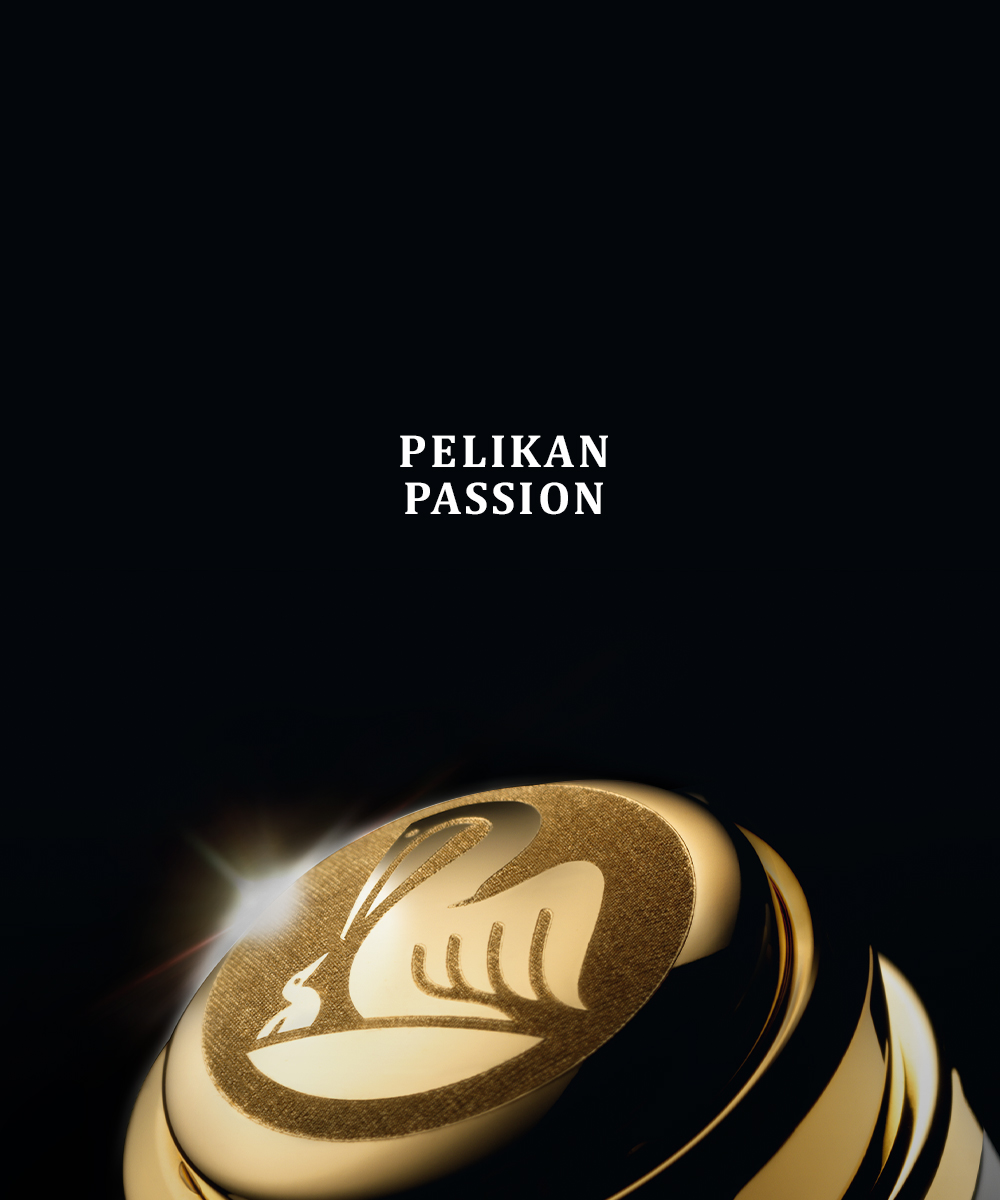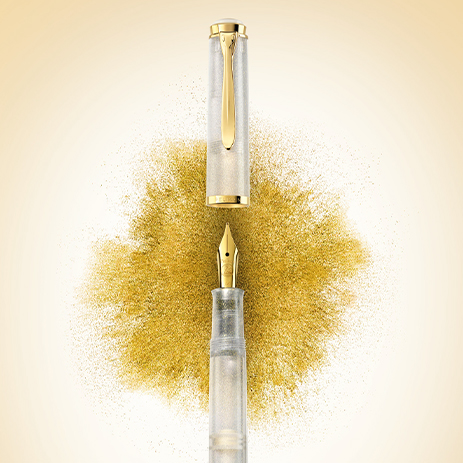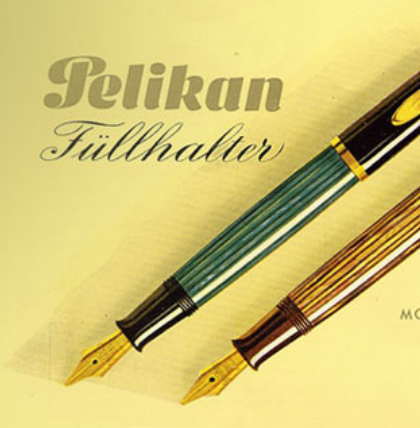
1838-1929 From "Dinte" to 4001®
The company’s inks found use in many sectors, and the product line reflected that, too. For example, in the price list of 1892, 17 pages were needed to present the variety of “Dinten” (historical expression for the German word inks) available, from which today a difference can barely be told. Among the writing inks alone the following versions were distinguished: Regular ink, Anthraces writing ink, Aleppo writing ink, German Reich ink, emperor’s ink, chancellery and archive ink, pure iron gall nut ink, salon ink for the gentlefolk, perfumed lady’s ink, office ink, black school ink Ia and IIa.

For copying and business mailings, however, there were 7 different “Copirtinten”, copying inks, together with autographic and hectographic inks.
In 1871, Günther Wagner bought the company from Carl Hornemann.
By registering the pelican as one of the first trademarks in Germany for his products in 1879, he had proven how important it had been to him to advertise the products he made. The pelican he had used was adopted from the family crest.
Another wise step of his was to give his inks names that were easy to remember. In 1898, the most important writing and copying inks received the product names 2001, 3001, 4001 and later on were followed by 5001 and 6001. In the long run, the 4001 ink remained the number one Pelikan ink. Until now, it is sold all around the world.
There had been a variety of shapes for bottles and labels that were supposed to induce consumers to buy the inks made by Pelikan. Lewis Edison Waterman had a fountain pen patented in 1884 and a market began to emerge for new pens of the kind. Only a few years later, Günther Wagner started producing inks for fountain pens.



